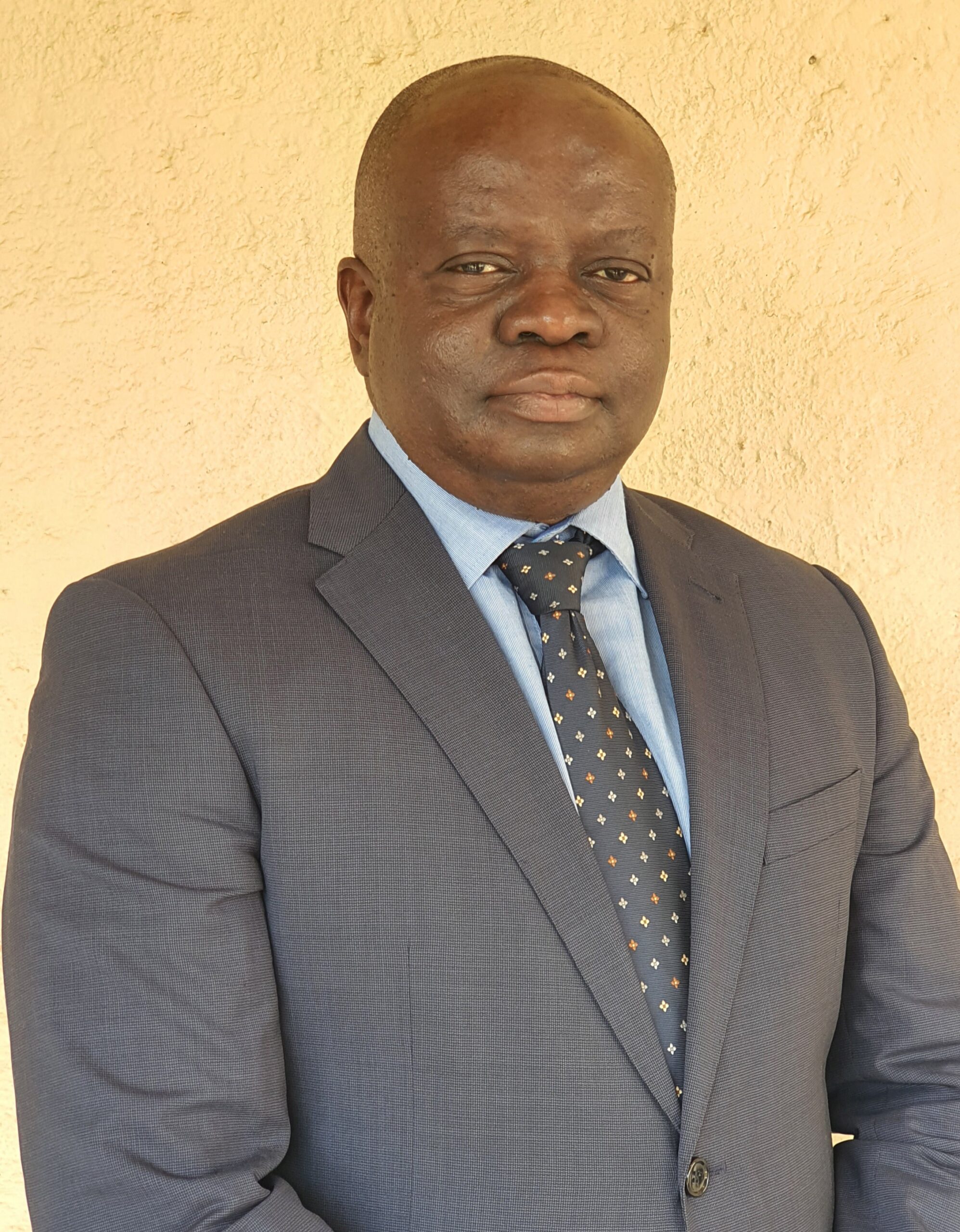

Technological and digital innovation is set to drive industry best practice in tailings dam management, spurred on by the Global Industry Standard on Tailings Management (GISTM) published three years ago.
While many mining companies have invested considerable effort in meeting the first GISTM compliance deadline of August 2023, the real work starts now, according to James Dutchman, principal engineering geologist at SRK Consulting – which celebrates 50 years of consulting engineering excellence this year.
Formed as engineering consultancy Steffen, Robertson and Kirsten in 1974 in Johannesburg, SRK Consulting built its early reputation in geotechnical services. Oskar Steffen was particularly well known in mining, while Andy Robertson was more established in the civil engineering sector. The company was perhaps the first specialised mining consultancy in South Africa, as mines were well-resourced with their own technical staff – and rarely used consultants.
Among the skill sets that differentiated SRK has been its knowledge of both soil and rock mechanics, this combination of technical expertise was important in developing its legacy in the tailings space. With the introduction of the GISTM, SRK has been working intensively with clients to forge innovative strategies for meeting the new requirements.
“The governance exercise over the last few years for certain miners to reach GISTM conformance has been busy and often challenging. This has set the minimum requirement for good governance and responsible management and must be maintained going forward,” explained Dutchman.
Considerable innovation is underway as mining companies embraced the general trend of digital transformation to find efficient solutions for a higher standard of TSF management. Much of this focused on improved monitoring of TSF performance through more robust monitoring techniques, digital data generation and communication, and advanced data analytics.
More and accurate data
“The purpose of monitoring systems is to track the performance of the facility against its design and operational thresholds. The improved accuracy and comprehensiveness of the data now being gathered enables better analysis related to the overall performance of tailings facilities,” he continued. “This ultimately allows mining companies to better understand the status of their facilities, while ensuring alignment with the principles of the GISTM from a governance and operational assurance perspective.”
He noted that a key benefit of the new digital systems is how they facilitate increased data visibility, and auditability, as well as developing cost-efficient projects. A more data-driven approach to TSF performance and management provides the client with better insights into their risk profile. This also enhances the value of the engineering consultant’s contribution, as companies like SRK can provide vital data assurance followed by a depth of insight and advice based on the detailed data available.
Engineers of record
“As the engineer of record (EoR) on many TSF projects, SRK works with clients on monitoring and surveillance, data management, processing and evaluation – as well as the interpretation of that data to make engineering-informed recommendations that support the client’s ongoing management of their facilities,” he said.
Among the recent innovations in the tailings space has been the application of interferometric synthetic aperture radar (InSAR) to monitor surface deformation, and this has now become quite common as a surveillance and monitoring technique. The introduction of digital inclinometers is also becoming an essential tool to monitor slope stability.
Understanding the metrics
The new standard clearly calls for a much higher level of detail in the data and frequency, he argued, to improve operators’ understanding of the drivers that affect the facility’s risk profile. While the industry’s recent work towards conformance has focused on improving compliance and management, there is still some way to go in pursuit of a fully integrated digital solution for TSFs.
“To some extent, this integration has begun to occur organically as part of the conformance process to date,” he said. “I think now is the time where the real innovation is beginning, where we start to integrate new technologies, systems and solutions – and where we start to understand the interrelationships between the data that is provided, enabling us to drive advanced data analytics and modelling.”
In-situ monitoring technology such as vibrating wire piezometers and inclinometers have become significantly more sophisticated, he pointed out, and incorporate telemetry systems that can transmit data frequently and in real time. Developments like these have allowed this technology to be digitally integrated not only with their own cloud-based storage but with the clients’ own data acquisition systems.
Multiple interfaces
“The latest instrumentation essentially comprises ‘internet of things’ (IOT) devices which are linked to loggers and a data gateway for seamless data transfer into a data lake environment or cloud,” he said.
“Many of these instruments can be integrated through an application programming interface (API) to the client’s enterprise resource planning (ERP) system or third-party platforms and digital dashboards,” he said. “These are important capabilities when considering that we can now get data directly from site to the engineer and multiple stakeholders that need to be involved in tracking and responding to the results of this data stream.”
Integration of systems and the data plays a key role in monitoring the risk profile of a TSF, allowing improved visibility of the performance of the facility, through near-real-time visualisation of the data and automated notifications aligned to the mine’s triggered action response plan (TARP). This enables the mine and other stakeholders to be alerted to any negative changes in operational performance Actions can be communicated to all responsible stakeholders directly and effectively. This represents an important step forward from the workflows of the past, which often involved several steps and separate software to process, visualise and communicate the data.
Optimal solutions
As engineering consultants, he noted, SRK is not tied to any particular equipment, solution or service provider for monitoring and surveillance. Clients are offered various options from a technical perspective, including the kind of instrumentation and the range of suppliers from which they are sourced.
“The priority is to ensure we are addressing the needs of that particular facility and that the options and solutions proposed provide adequate data assurance, so that the client has all the information they need to operate the facility in a safe and sustainable manner,” said Dutchman. “Applying innovative technology is very much a case-by-case process, where we review the TSF and highlight gaps in the available data and identify solutions that improve performance monitoring and drive safety.”
Levels of reporting
Another crucial innovation of digital technology in the TSF space is automation and data management. These functions allow data to be stored, packaged and communicated at varying levels of detail for different purposes and end-user. The data, its analysis and its results are open to stakeholders at various levels – providing a wider digital landscape to support broader requirements such as social and environmental aspects of the GISTM.
“Different stakeholders or levels of management will need more or less granular detail to serve their needs,” he said. “These digital innovations can handle big data sets, structure data, highlight trends, spikes, deviations, and provide tailored reports – catering for each level of management from operations to the board room, and to outside stakeholders.”
Industry-wide adoption
He noted that while the first movers toward compliance with the GISTM requirements have been blue-chip mining companies who are members of the International Council on Mining and Metals (ICMM), the rest of the industry will soon have to follow suit.
“Investors, lenders and insurers have always been key stakeholders in the sector and hold considerable sway,” he said. “Now that the GISTM has been set as an industry benchmark, they will gradually demand nothing less from their smaller mining clients – as part of their responsible risk management strategies.”

























